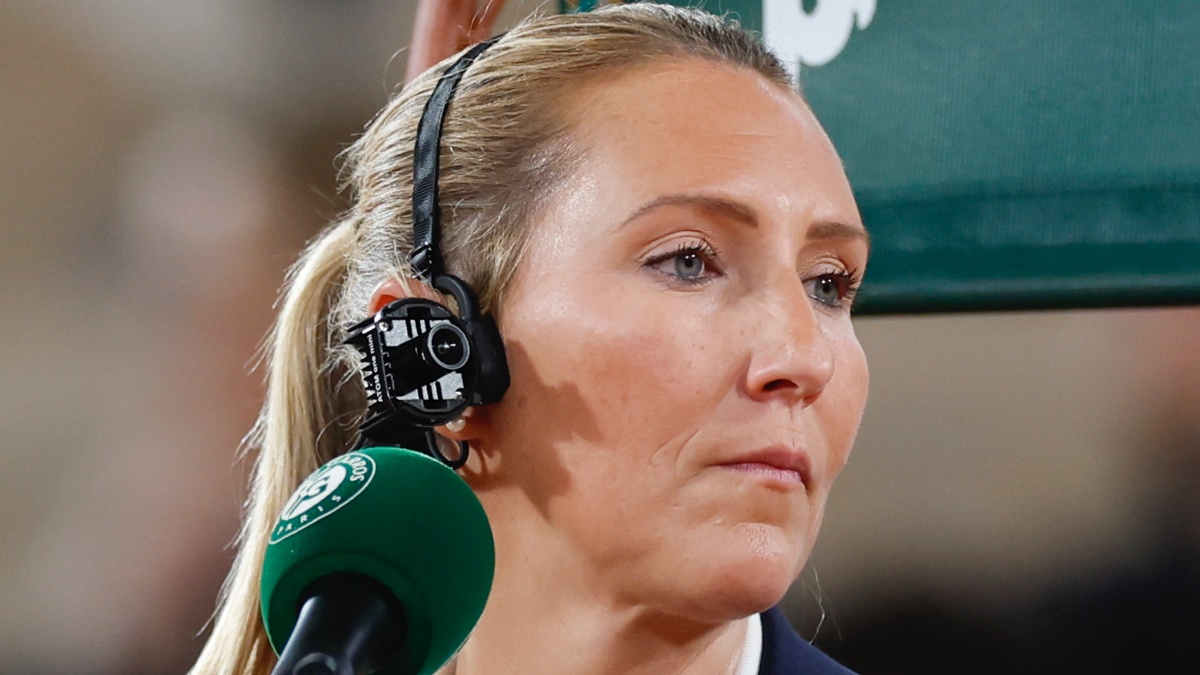Chair umpires on the main Philippe Chatrier Court at the ongoing French Open in Paris are sporting a device that has not been seen before in tennis. Unlike other Grand Slams, French Open doesn’t use HawkEye technology to verify line calls. It trusts the line judges and the chair umpire to be vigilant to make accurate decisions.
TV coverage can now see what the chair umpires see. The millions at home can see and hear the perspective offered by the officials when they make the decisions - right or wrong.
What is the device on chair umpire’s head?
For the first time, chair umpires are wearing head-cameras. It offers a unique perspective to what it is like being a chair umpire with everything from interactions with the players to their angle to action being available for assessment.
The footage is part of the international broadcast feed, available to official tournament broadcasters.
What is the aim with the camera?
For the Organisers, the aim with the camera footage is to provide viewers with an immersive experience.
The device “brings viewers even closer to the action, enabling them to discover the umpires’ duties, as well as their interactions with players,” the French tennis federation said.
Hawk-Eye’s reliability on clay has been challenged over the years because the red dust moves during play and when the ball strikes it.
That, coupled with the fact that the flight of a ball isn’t always straight creates uncertainty for the French tennis federation to stick to human eyes. But making the right decision on balls that are going over 100 miles an hour isn’t exactly easy, even with the benefit of the mark.
From 2025, all ATP Tour, the men’s tour, matches will use electronic line calling. The WTA Tour, the women’s organisation, has not yet made such a decision yet but the feeling is that it isn’t far away.
Roland Garros, however, has remained steady in not embracing electronic line technology and accepting that, throughout this tournament, line calls and umpires’ decisions are likely to cause some controversy.
)